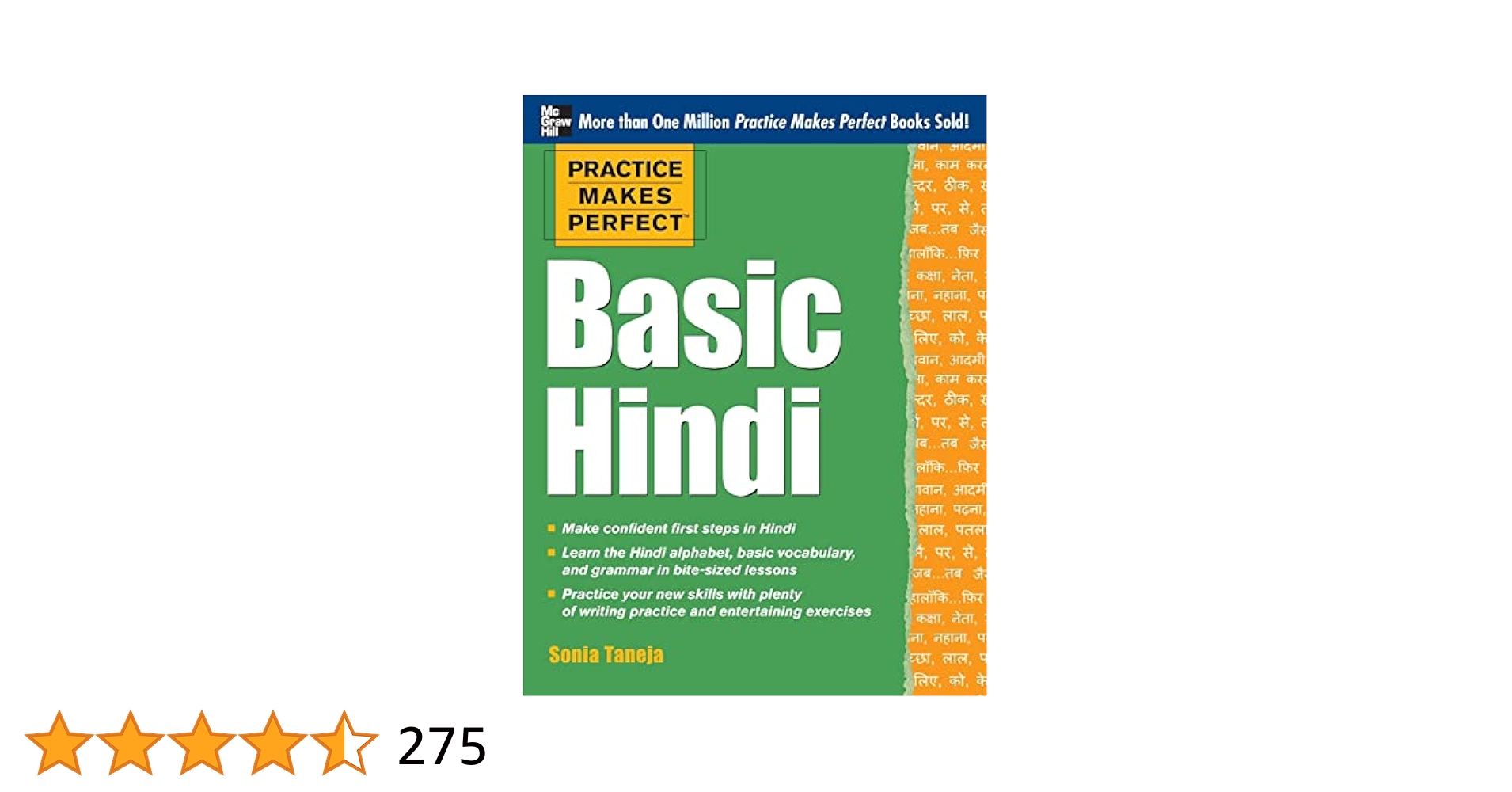Hindi, one of the most spoken languages in the world, is not just a medium of communication but a reflection of India’s rich cultural and literary heritage. At the heart of mastering Hindi lies Vyakaran — grammar — the framework that gives clarity, structure, and depth to the language. Whether you are a student, teacher, or language enthusiast, a well-structured Hindi Vyakaran Workbook can be your best companion in this journey. This article explores the importance of grammar, the benefits of workbooks, and how consistent practice leads to perfection.
Why is Hindi Vyakaran Important?
Grammar is the backbone of any language. In Hindi Vyakaran provides the rules and guidelines necessary for speaking and writing correctly. Without grammar, communication becomes vague and chaotic.
Key Elements of Hindi Grammar:
- Varnamala (Alphabet)
- Shabd Bhed (Kinds of Words)
- Sangya (Noun)
- Sarvanam (Pronoun)
- Kriya (Verb)
- Visheshan (Adjective)
- Avyaya (Adverbs, Conjunctions, etc.)
- Vakya (Sentence Structure)
- Sandhi, Samas (Word Composition)
- Alankar, Muhavare, and Lokoktiyan (Figures of Speech, Idioms, Proverbs)
These components form the building blocks of writing and speaking. A clear understanding of them is essential for academic success and effective communication.
What is a Hindi Vyakaran Workbook?
A Hindi Vyakaran workbook is a resourceful practice book designed to reinforce grammar concepts through structured exercises. Unlike textbooks that primarily explain rules, a workbook emphasizes hands-on learning. It allows learners to apply grammar rules in multiple contexts — reading, writing, comprehension, and vocabulary building.
Features of a Good Workbook:
- Clear instructions
- Graded difficulty levels
- Ample exercises on every topic
- Answer keys for self-assessment
- Practice worksheets and model test papers
- Real-world examples and sentence formation practice
Benefits of Using a Hindi Vyakaran Workbook
1. Strengthens Fundamentals
By practicing regularly, students can solidify their understanding of concepts like noun-pronoun agreement, verb conjugation, gender and number, etc.
2. Boosts Writing Skills
Correct grammar usage enhances writing ability — be it essays, letters, or stories. A workbook with sentence-building exercises helps in creative and academic writing.
3. Improves Exam Performance
Boards like CBSE and state syllabi emphasize grammar heavily. Practice-based workbooks help students score better in the Hindi grammar section of exams.
4. Promotes Active Learning
Workbooks transform passive reading into active participation. When learners write, correct, and revise, they engage deeply with the material.
5. Encourages Self-Paced Learning
Students can practice at their own speed. They can repeat difficult exercises or skip ahead if a topic is already mastered.
Key Topics Often Included in Workbooks
A standard Hindi Vyakaran workbook covers a wide range of topics. Here’s a glimpse into a typical content structure:
1. Varn Vichar (Phonetics)
- Swar, Vyanjan, Matra
- Sanyukt Akshar
2. Shabd Vichar (Word Knowledge)
- Paribhasha and Bhed of Sangya, Sarvanam, Visheshan
- Vilom Shabd, Paryayvachi Shabd
- Shuddh-Ashuddh Shabd
3. Kriya (Verb Usage)
- Kaal (Tense): Vartamaan, Bhavishya, Bhoot
- Kriyaon ke Bhed: Sakarmak, Akarmak
4. Vakya Vichar (Sentence Structure)
- Vakya ke Prakar: Varnatmak, Vachanik, Sankshipt
- Vaakya Shuddhi
- Vakya Rachna (Sentence Formation)
5. Samas and Sandhi
- Prakaar aur Udaaharan sahit
- Sandhi Vichedh
6. Alankar, Muhavare, Lokoktiyan
- Alankaron ke Prakar
- 50+ Muhavare aur unka prayog
- Lokoktiyon ke arth aur upyog
7. Rachnatmak Abhivyakti (Creative Expression)
- Patra Lekhan, Nibandh, Anuchhed
- Samvad Lekhan
How to Use a Workbook Effectively
Step 1: Start with the Basics
Even if you’re familiar with Hindi, starting from fundamental topics refreshes your base.
Step 2: Set Daily Practice Goals
Dedicate 20–30 minutes daily. Choose 1–2 topics per day.
Step 3: Review Mistakes
Use answer keys or have a teacher review your work. Understand why an answer was wrong.
Step 4: Use Examples in Your Own Writing
Apply what you learn in daily communication, essays, or even social media captions.
Step 5: Attempt Model Papers
Once comfortable with exercises, solve full-length grammar papers to simulate an exam environment.
Workbook Recommendations for Students
Here are a few popular Hindi Vyakaran workbooks categorized by grade level:
For Primary Classes (1–5)
- Vyakaran Vatika by Madhuban Publications
- Rachna Sagar’s Together with Hindi Vyakaran
For Middle School (6–8)
- Me ‘n’ Mine Hindi Vyakaran
- Full Marks Hindi Vyakaran
For High School (9–12)
- Arihant All-in-One Hindi Vyakaran
- Saras Hindi Vyakaran (NCERT based)
These books follow the CBSE and ICSE curriculum and offer plenty of revision-based exercises.
Digital and Online Workbook Options
In today’s tech-savvy world, online grammar workbooks and apps offer interactive alternatives.
Examples:
- Khan Academy Hindi
- BYJU’s Hindi Grammar Modules
- Educomp SmartClass Hindi
- Quizzes and PDFs on Diksha App
These digital tools offer animated lessons, auto-correcting quizzes, and gamified learning experiences.
Final Thoughts: Practice Truly Makes Perfect
Learning Hindi grammar can seem daunting at first — the rules, the exceptions, the structure. But a workbook simplifies this learning. With repeated and mindful practice, concepts become clear and automatic. Just as a sportsperson trains regularly to master their game, a student who practices Hindi Vyakaran daily sharpens their linguistic edge.
A well-used Hindi Vyakaran Workbook doesn’t just help score better marks; it makes you a confident speaker and writer of one of the world’s most expressive languages.

